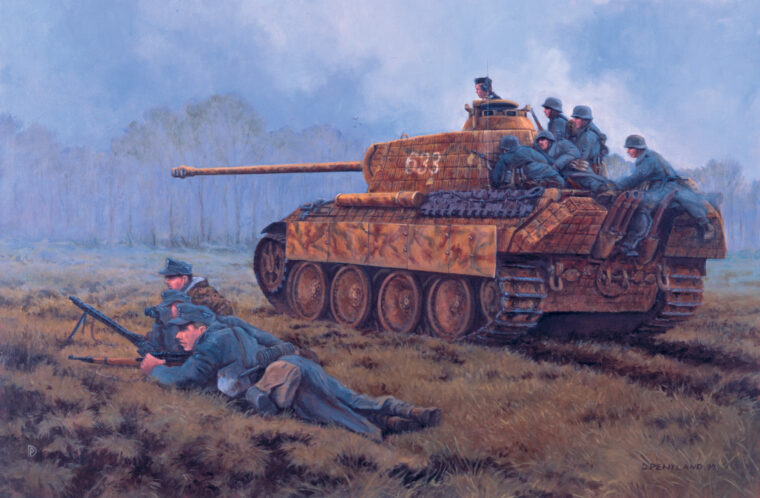
Stalin
Waffen SS General Felix Steiner’s WWII Legacy
By Pat McTaggart“Where is Steiner?” Adolf Hitler demanded as his Thousand Year Reich crumbled around him in April 1945. “Is he attacking yet?” Read more

Stalin
“Where is Steiner?” Adolf Hitler demanded as his Thousand Year Reich crumbled around him in April 1945. “Is he attacking yet?” Read more
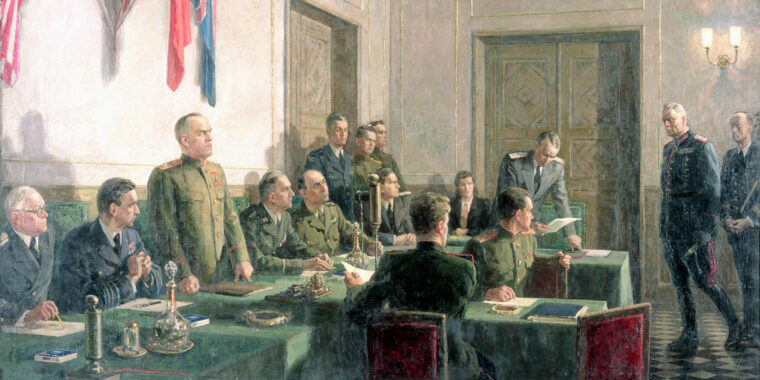
Stalin
Within his reinforced concrete bunker, 50 feet below the garden of the New Reichs Chancellery on Berlin’s Wilhelmstrasse, German dictator Adolf Hitler, his soon-to-be bride Eva Braun, and several hundred friends, SS guards, and staff members could feel the concussion and hear the unending drumroll of thousands of Soviet artillery shells reducing the already-battered capital city of the Third Reich to unrecognizable rubble. Read more
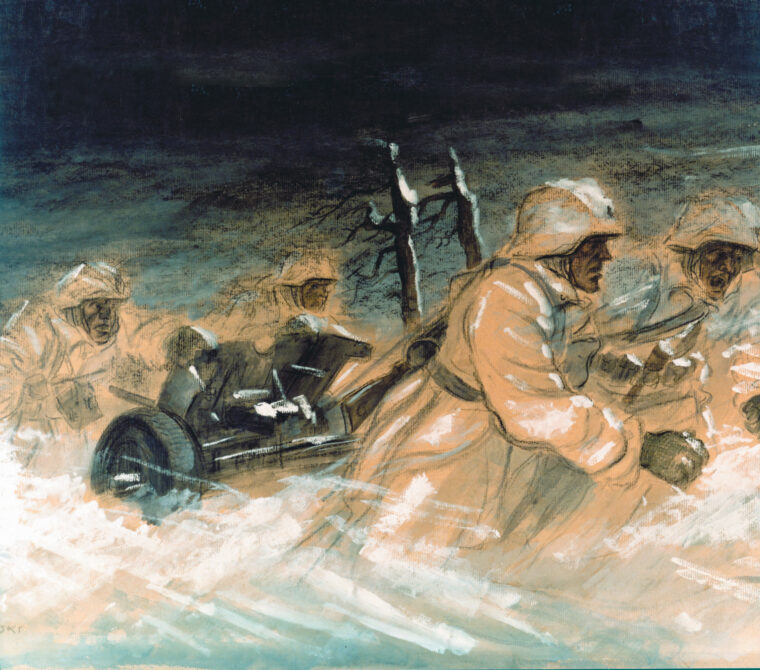
Stalin
On the vast Eastern Front, the Demyansk salient represented little more than a smudge on the battle map. Read more
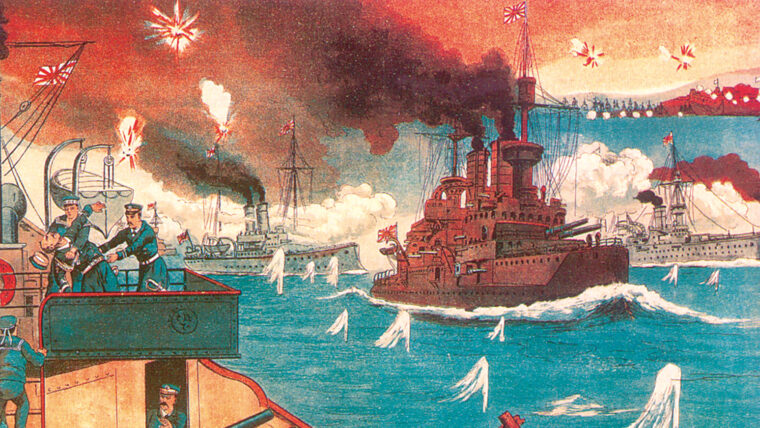
Stalin
On the evening of November 5, 1925, Prisoner #73 was taken from his cell in the infamous Lubyanka Prison and driven to a woods in the Sokolniki district outside Moscow. Read more
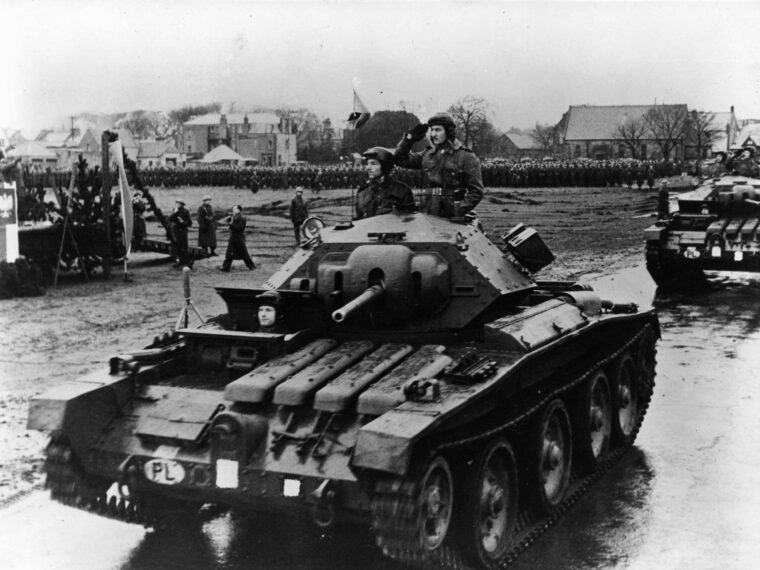
Stalin
The dismemberment of Poland by the German and Soviet armies in September and early October 1939 saw the temporary destruction of the Polish armed forces. Read more
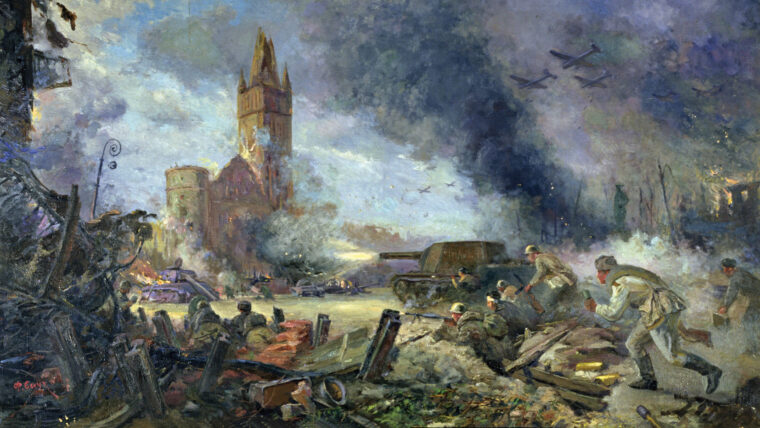
Stalin
The storming of Fortress Königsberg in April 1945 was the finale of a two-month Soviet siege. The city, one of the few triumphs of Hitler’s fortress strategy, had been encircled by late January and lay hundreds of kilometers behind the main front line by the time the Soviets launched their final assault toward the Nazi capital of Berlin. Read more
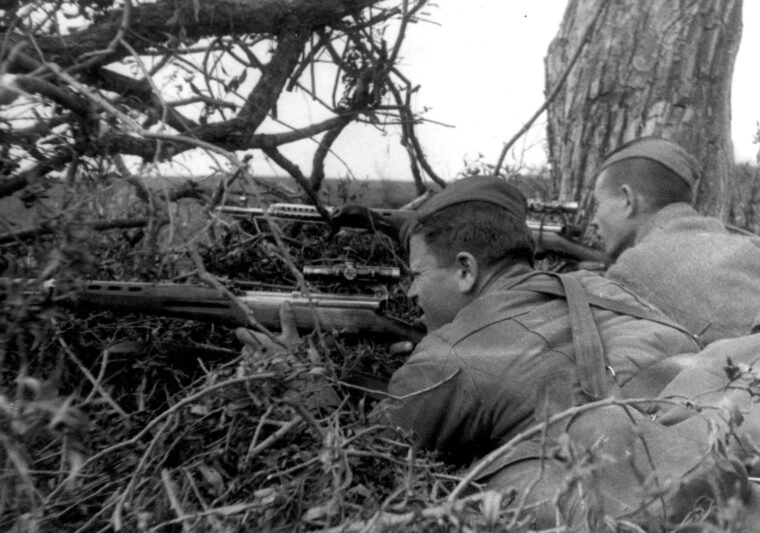
Stalin
Snipers played an important a role in World War II, just as much as any tank, airplane, or artillery piece. Read more
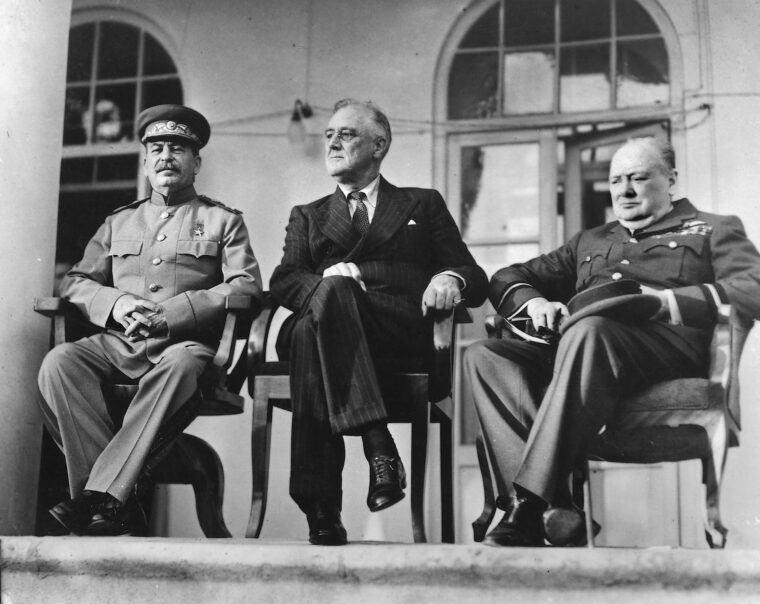
Stalin
World War II made a disparate trio of allies —British Prime Minister Winston Churchill, Soviet Marshal Josef Stalin, and American President Franklin D. Read more
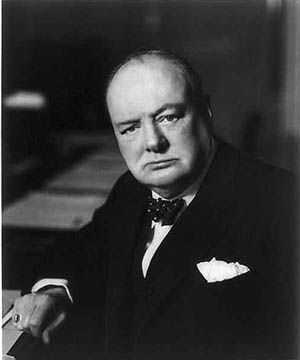
Stalin
Born November 30, 1874, to British politician Lord Randolph Churchill and Jenny Jerome, an American socialite, Winston Churchill rose to serve in Parliament and as Prime Minister of Great Britain from 1940 to 1945 and 1951 to 1955. Read more
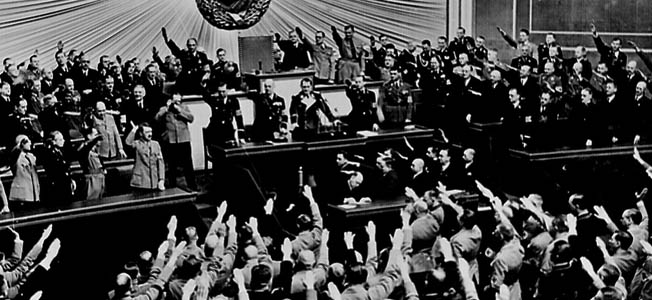
Stalin
Born in Branau, Austria, on April 20, 1889, Adolf Hitler rose to lead the Nazi Party in Germany during the 1920s and was appointed the nation’s chancellor in 1933. Read more
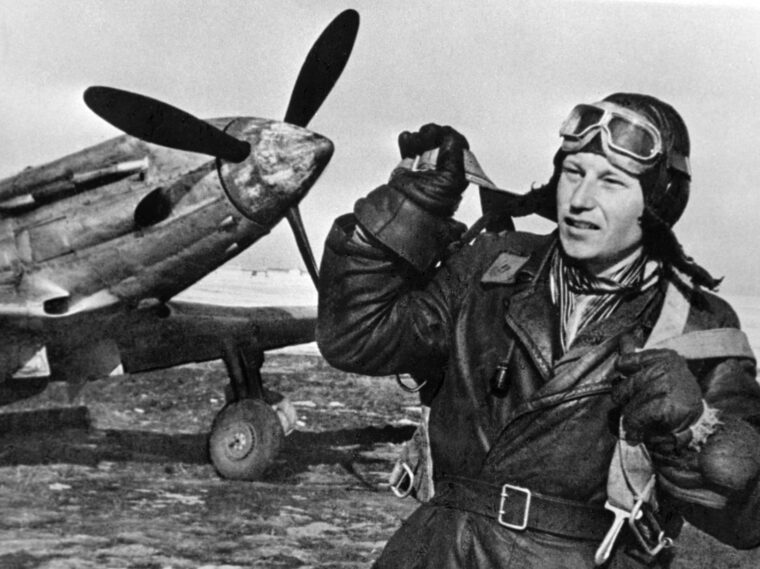
Stalin
According to contemporary Soviet news sources, fighter Ace Alexander Pokryshkin was the most famous pilot in the Red Air Force during World War II. Read more
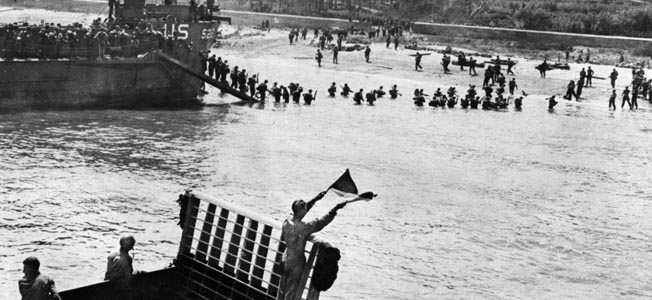
Stalin
Early in 1944, German Field Marshal Erwin Rommel, the defeated hero of North Africa and now head of Army Group B in France, was tasked with strengthening the Atlantic Wall defenses against Allied invasion. Read more
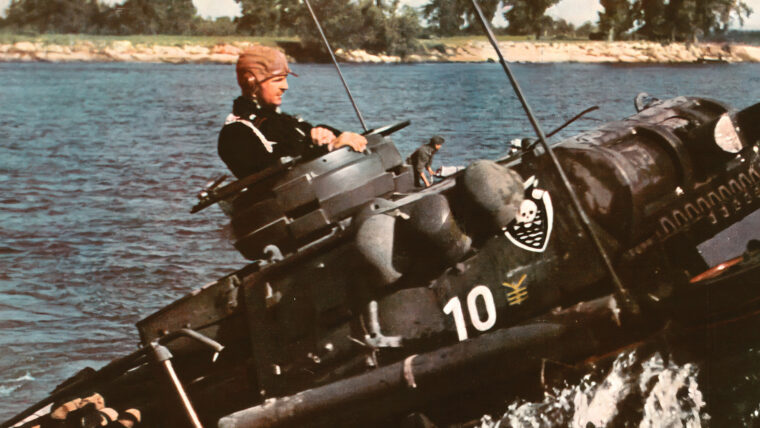
Stalin
The first time Adolf Hitler ventured into the captured territory of the Soviet Union was six weeks into the campaign on August 4, 1941, when he traveled to Borisov to the headquarters of Army Group Center and its commander, Field Marshal Fedor von Bock. Read more
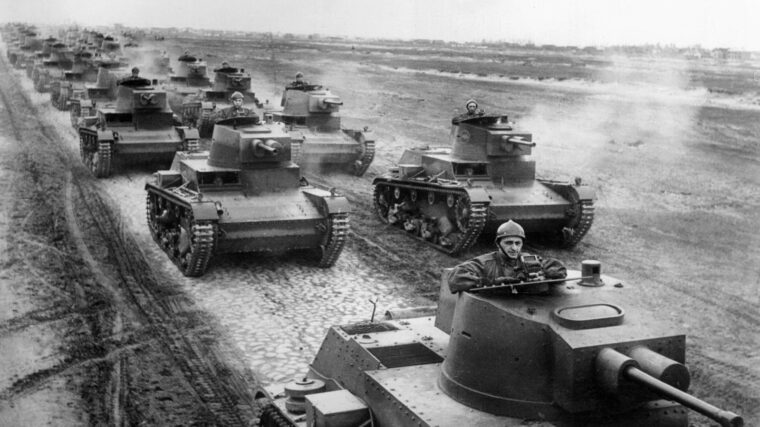
Stalin
At the mention of the letters “SS,” an image springs to mind of ruthless German troops, the epitome of the Nazi/Aryan ideal: tall, strong, blond-haired, and blue-eyed, enthusiastically ready to fight and die for Germany and their beloved Führer, Adolf Hitler. Read more
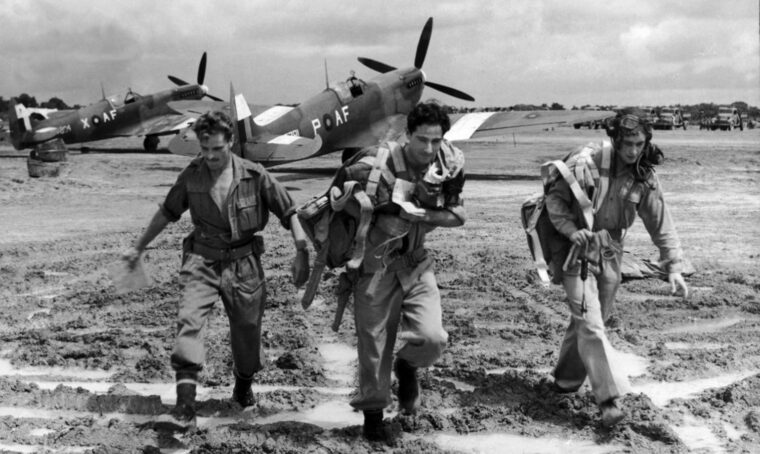
Stalin
On March 5, 1936, the new Supermarine Type 300 took off from Southampton, England. The plane would soon be called the Spitfire, and along with the Hawker Hurricane it would become Great Britain’s first line of defense. Read more
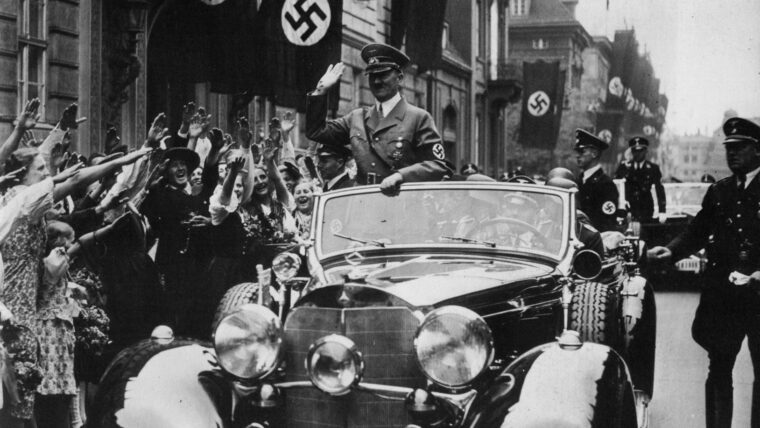
Stalin
Few would argue that Daimler-Benz is one of the most prominent and highly regarded motor vehicle manufacturers in automotive history. Read more
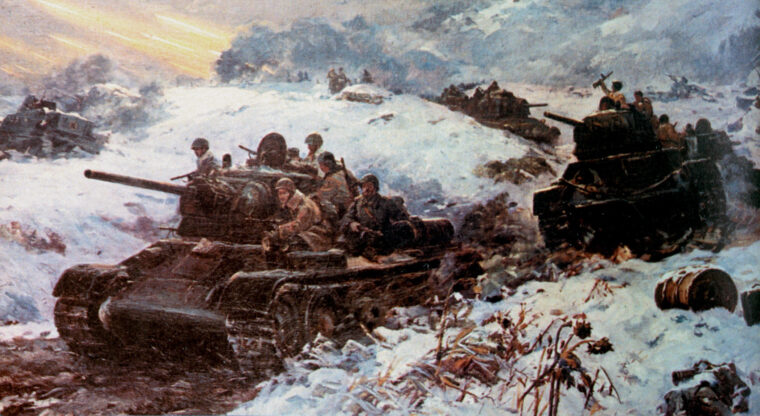
Stalin
In 1942, careworn Nazi Führer Adolf Hitler lamented to his military intimates at his Wolf’s Lair headquarters near Rastenburg in East Prussia, “If I had known that there were so many of them, I would have had second thoughts about invading!” Read more
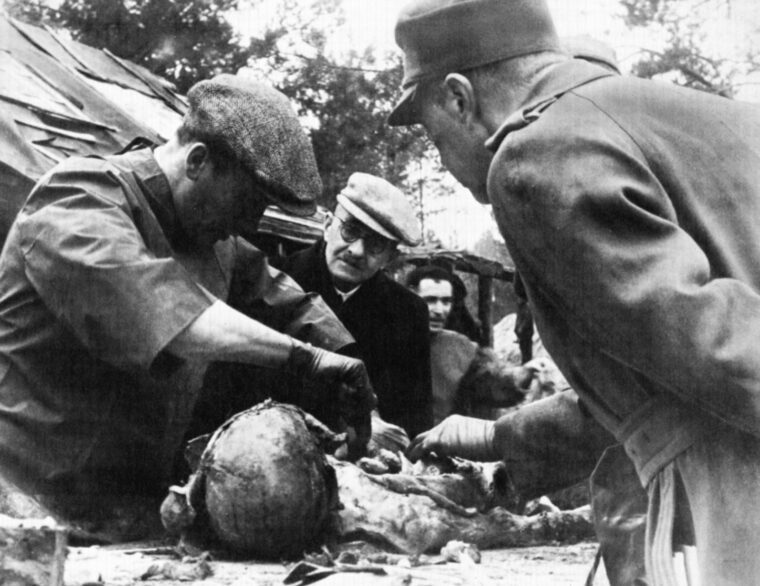
Stalin
The enemy of my enemy is my friend, so an old saying goes. Perhaps it was the grandest exercise in political pragmatism and expediency that the world has ever known. Read more
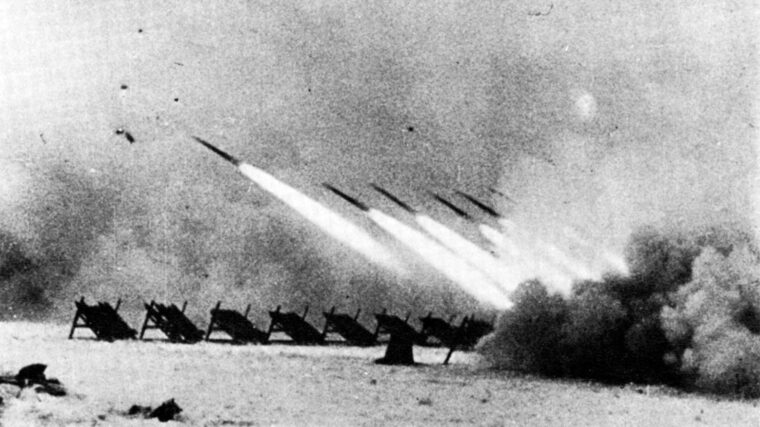
Stalin
In the fall of 1942, in a prelude to the now-famous Operation Uranus, the Red Army had its back to the wall once again. Read more